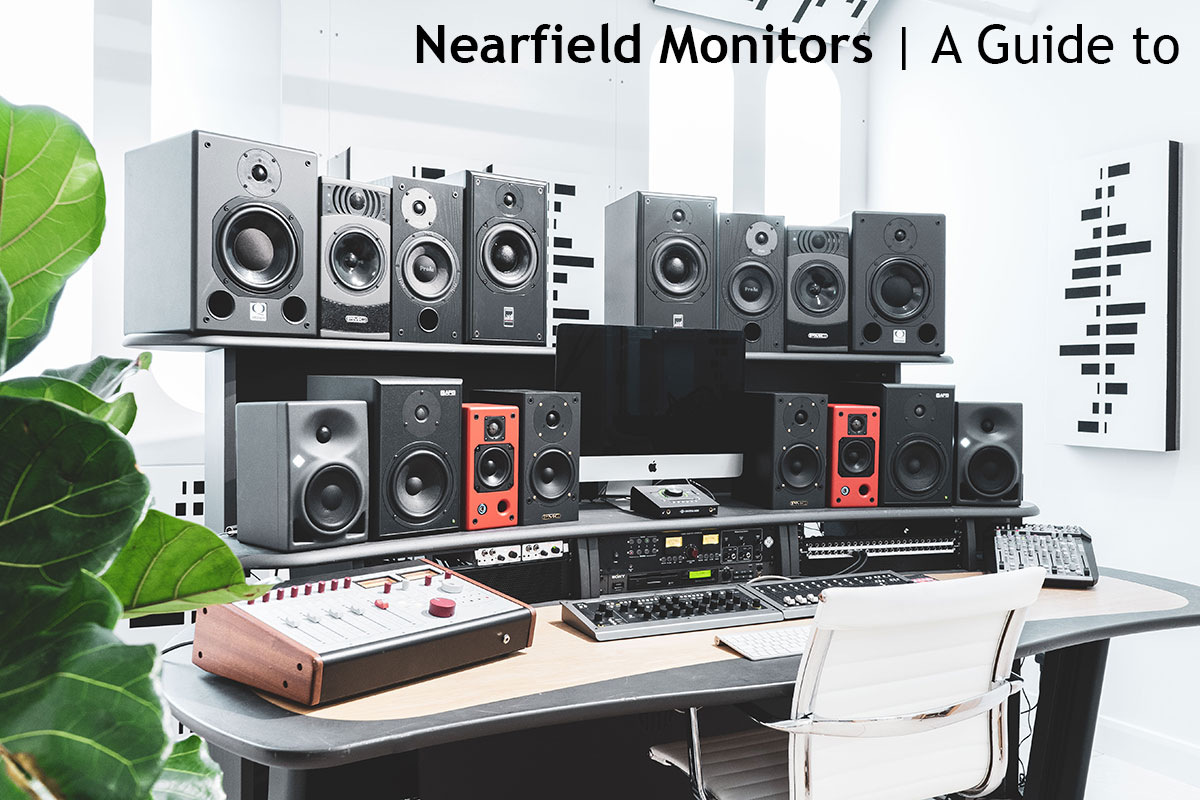
Nearfield Monitors – What to listen for
However, from a design perspective that presents a considerable set of challenges. At low levels and up close, the listener still needs to be able to accurately discern detail and low end without straining their ears, (imagine you’re working at home late into the night on a club mix and the neighbours are in – the more you’re straining to hear the detail the more tired you’re getting and the less objective your mixing becomes – end result on playback the next day; disappointment).
And not all nearfields are created equally so, what should you be looking for in a high quality nearfield? Budget aside, here’s some suggestions:
Consistency at low and high volume
Workable low end extension in a small footprint
Non Fatiguing
Translation
Here at Funky Junk we have the finest selection of Nearfield monitors for you to compare and work out what you really need to hear in your speakers. With ATC loudspeakers, APS, Neumann, PMC, Proacs and Quested monitors on permanent display and plenty more avaialable on request there is no better place to compare monitors than at our Hornsey road demo facility.
